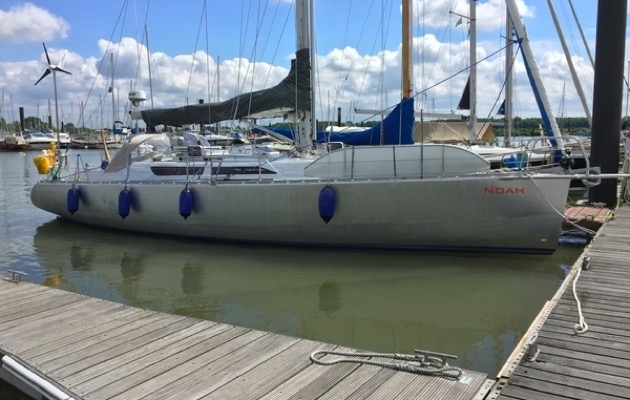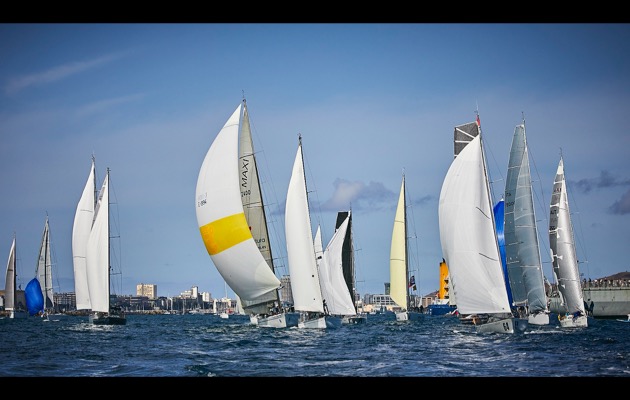A new course record by Rambler 88 and a rescue and sinking were among the highs and lows of the ARC 2016 transatlantic rally, but they were only two of the incidents in an otherwise successful event
A record transatlantic crossing time and a sinking will be among the highs and lows of ARC 2016. On a year that has seen the largest fleet in the event’s 31-year history, these were only two of the incidents in what has otherwise been an event-filled but successful rally.
The ARC continues to grow. This year there were 72 yachts in the ARC+ via the Cape Verdes and 219 in the main ARC fleet. If anything, the fleet gets more diverse each year and this year a crack crew from the Juan K-designed IRC flyer Rambler 88 set a new course record. But they had to work hard for it and bettered the previous time set by VO65 Team Brunel by just an hour and ten minutes.
Their time for the 2,700-mile crossing was 8d 6h 29m, an average speed of 16.8 knots.
Winds were lighter than last year, however Rambler 88 took advantage of a small depression which formed mid-Atlantic soon after the start, enabling the boat to sail a very northerly route and then have a fast reach down to Saint Lucia.
Overall, they have sailed approximately 270nm less than Team Brunel did last year, which was been a crucial factor in the crossing.
But Rambler is long gone on her way and only now is the ARC fleet proper beginning to trickle in. A wide area of very light winds in mid-Atlantic stalled the fleet, and crews either worked hard to eke out speeds or put in some hefty motoring.
One of the most serious incidents on the rally was the rescue of the crew of the 39ft German yacht Noah. Alexander Grefrath, his wife, two young sons and one other crew were evacuated to a survey ship on the third day of the rally after the yacht began taking in large amounts of water, overwhelming the pumps. They were unable to trace the source of the water ingress.

Alexander Grefrath’s BM39 Noah, which sank during the ARC rally in November 2016
The crew safely transferred to the ship and the yacht quickly foundered. The last recorded position from the YellowBrick tracker on board was six hours after the crew stepped off their yacht.
There have been several other incidents on the event. One yacht, a Bavaria 44, was dismasted with some 1,500 miles left to run and is now reported to be under tow by a 55m Amels motor superyacht, Gene Machine, which was en route to St Maarten.
A crewmember on another yacht was taken very ill and was evacuated by helicopter to a French warship to be transferred to hospital in Martinique.
The crews arriving in Saint Lucia, however, report an interesting crossing in which the hunt for winds took a central focus. There are plenty of interesting stories of crews helping one other out, and in some interesting and occasionally heroic ways. We will have a full report in our February issue.




